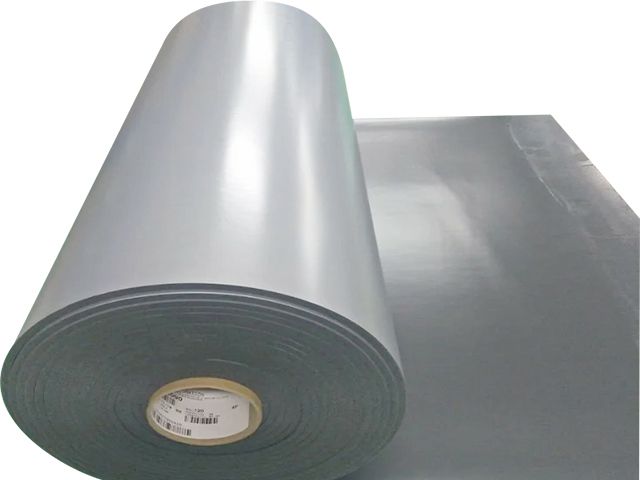Thermoforming and advantages of conductive foam
The conductive foam needs to be dried before thermoforming. Thermoforming needs to heat the sheet, and the heating process can be carried out in an oven, a heating plate or an infrared heater. The duration of heating depends on the thickness of the sheet (approximately 1 mm/min).
Due to the small mass of the conductive foam, the specific heat capacity of the conductive foam is low, and the surface of the sheet acts as a cooling channel due to a large number of incised gaps, the temperature of the surface of the conductive foam is quickly reduced, and the heat that can be retained is very small. Therefore, it is necessary to keep the conductive foam sheet warm to prevent the temperature of the conductive foam from dropping quickly after being taken out of the oven or heating plate, which cannot meet the temperature requirements of the thermoforming process.

The conductive foam can be covered with protective materials, such as cotton cloth, air felt, etc. The function of the protective material is to ensure that the conductive foam can maintain the temperature required for forming for a period of time before the end of forming. When the deformation degree of the shape to be processed is small, the design of the forming mold is required to be simple. The heat resistance requirements of the mold are not very high, and the mold made of wood, polyester or epoxy resin or fiberglass is sufficient. Forming of components can be done using vacuum/non-vacuum plastic molds or female/male molds. In order to ensure that the sheet can be stretched in the mold with little resistance, the edge should have a large arc. The temperature of the conductive foam decreases rapidly, and the temperature reduction speed of both sides is required to be the same, so as to avoid rebound and deformation. Once the temperature of the formed part has dropped below 80°C, it can be removed from the mold.
Conductive foam materials are widely used in plasma TVs, LCD monitors, LCD TVs, mobile phones, notebook computers, MP3, communication cabinets, medical equipment and other electronic products.
What are the advantages of conductive foam?
Improved Z-axis resistivity increases shielding effectiveness to over 90dB over a wide frequency range.
Applicable thickness 0.039"(1mm), 0.060"(1.5mm), 0.079"(2 mm), 0.098"(2.5 mm), 0.125"(3.2mm), width up to 0.250"(6.4mm).
The compression range is large, up to 60% of the original thickness.
Also has UL94 HB and V0 flame rating.
Available in a variety of standard configurations including D-sub, USB port, IEEE 1394, SCSI and RJ 11. (also suitable for sheet and rectangular shapes).
Die-cut conductive foam can be punched into the desired shape.
Punched I/O, rectangular spacers, and panel spacers are available with or without conductive adhesive.
Low residual deformation ensures long-term performance of the product.
 |
 |



